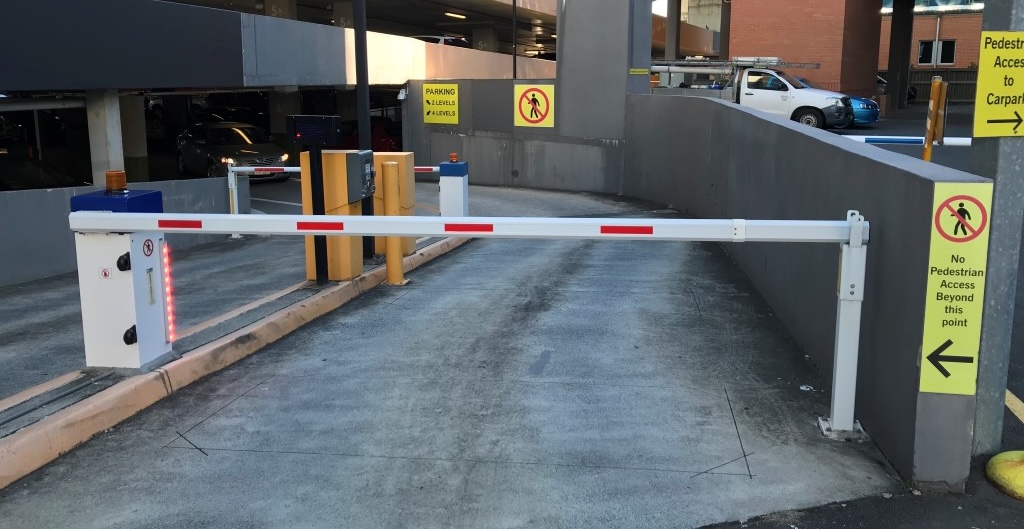How does a loop detector work with boom barrier gate?
Jul 08, 2025
A loop detector (or inductive loop detector) is a sensor used to detect the presence of a vehicle, typically installed in the ground near a barrier gate (such as in parking lots, toll booths, or secured entry points). Here’s how it works in conjunction with a barrier gate:
1. Loop Detector Basics
- The loop detector consists of a coiled wire loop embedded in the road surface.
- When a metal object (like a car) passes over the loop, it changes the loop’s electromagnetic field.
- The detector senses this change and sends a signal to the boom gate controller.
2. Interaction with the Boom Barrier Gate
2.1 Vehicle Detection:
- When a car stops or approaches the loop, the detector triggers the gate barrier controller.
- The controller verifies access (via RFID, ticket, license plate recognition, etc.).
2.2 Opening the Gate:
- If access is granted, the controller activates the barrier gate motor to lift the arm.
2.3 Vehicle Exit Detection:
- Some systems have a second loop after the gate to confirm the vehicle has fully passed.
- Once the vehicle clears the exit loop, the gate closes automatically (unless another vehicle is detected).
3. Safety & Redundancy
- Safety Loops: Some systems have additional loops to prevent the gate from closing on a vehicle.
- Timer-Based Closing: If no vehicle is detected after a set time, the gate closes automatically.
Advantages of a loop detector:
- Reliable for vehicle detection.
- Works in harsh weather (unlike optical sensors).
- Low maintenance once installed.
Disadvantages of a inductive loop detector:
- Requires cutting pavement for installation.
- Can be affected by large metal objects (not just vehicles).